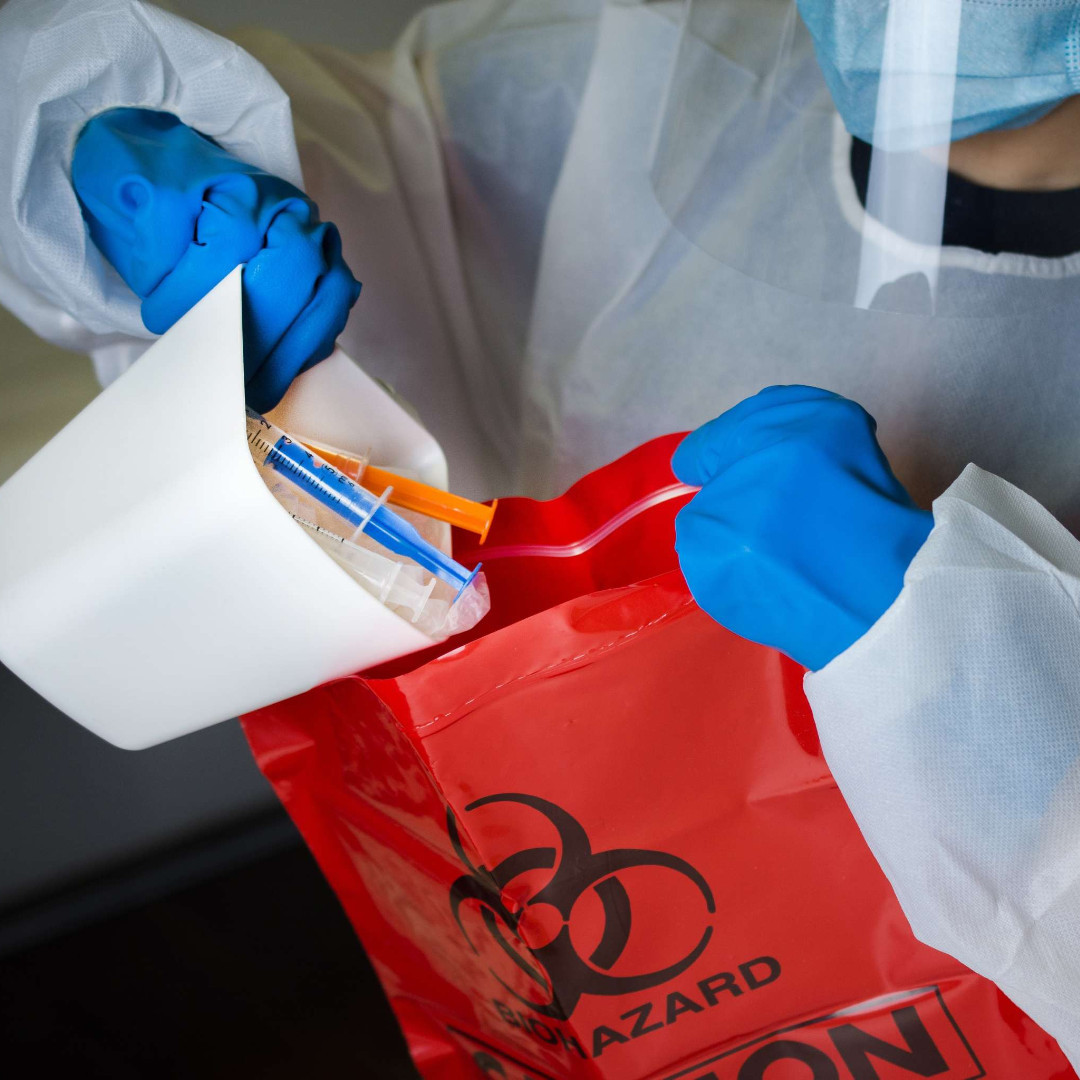The Fifth Circuit Court shot down the Occupational Safety and Health Administration’s (OSHA) Emergency Temporary Standard back in November, and many people thought it was never to return. But, the Sixth Circuit court brought it back last Friday, and OSHA declared it would begin enforcement on January 10, 2022.
Any business that fails to comply with Biden vaccine mandate, which affects companies with at least 100 employees, may face fines. For a serious violation, a fine can cost as much as $13,653 per incident.
If your business acts in “good faith,” however, and you’re doing your best to get this up to date, the agency says it will give you until February 9, 2022.
If you have 100 or more employees and you’re not prepared with an implementation plan, you’d better spend this holiday season figuring out how to track weekly testing.
How to prepare
By January 10, you need to have the following in place, according to Employment Lawyer and partner with Wickers Herzer Panza, Jon Hyman:
You need your ETS-compliant policy by then. You may already have a Covid safety policy, but this one will need to comply with the OSHA ETS. If you didn’t bring it into compliance earlier, now is the time to start.
You need to collect vaccination data by then. You need to confirm which employees have been vaccinated (right now, two shots are still considered fully vaccinated). You cannot just trust that they have been–you need to see the documentation. It is not a HIPAA violation to ask to see someone’s vaccination card.
You need to require masks for the unvaccinated by then. My strong recommendation is to buy disposable masks for people who work on-site. Yes, this is a cost, but clean, fresh masks will be better at protecting people than the same cloth mask that someone has worn for three weeks straight.
If you mandate vaccines
You have the option of mandating vaccinations for all your employees. Because it takes three to four weeks between doses and two weeks after the second dose to be considered fully vaccinated, your employees need to go out and get that first shot as soon as possible.
OSHA won’t surprise visits or punish people working toward compliance until February 10, but that time will come quickly.
Remember, even with mandatory vaccination rules, people can have a legitimate health and religious exemptions. Make sure that’s in your policy.
For unvaccinated employees
Your unvaccinated employees (whether they have religious or health exemptions or not) must take a Covid test weekly. You have to document the testing and keep records.
If you have three unvaccinated employees, this will not be difficult. If you have 300, it might turn into a logistical nightmare.
Employees can use the self-testing kits, but they cannot self-certify. So they will need to administer them at the office with someone watching to certify whether the test is negative or positive. (If someone tests positive, they need to go home immediately.)
To save on costs, you can use pool testing. This is where you combine samples and run a single test. If the test is negative, then everyone is negative. If it comes back positive, then everyone in the pool retests.
Fines if you do not comply
This isn’t just a nice suggestion from OSHA. OSHA can fine you up to $13,653 for each violation and up to $136,532 for willful repeated violations.
Either get your business ready, or get your checkbook out.
What about the Supreme Court?
Georgia and other plaintiffs have already filed an appeal with the Supreme Court. Will they hear it? It seems like an obvious thing for them to take up, but it’s doubtful they will hear anything before the ETS goes into effect on January 10.
In other words, even if it goes to the Supreme Court and the Court blocks the ETS, you’ll need to implement it for January 10. You’re free to cross your fingers and hope but prepare anyway.
Correction: An earlier version of this article misstated the penalty for noncompliance. OSHA can fine companies up to $13,653 per serious violation.
This post, Why OSHA Will Start Fining Workplaces Up to $13,653 in 2022, was first shared by Inc. Magazine on December 20, 2021.











